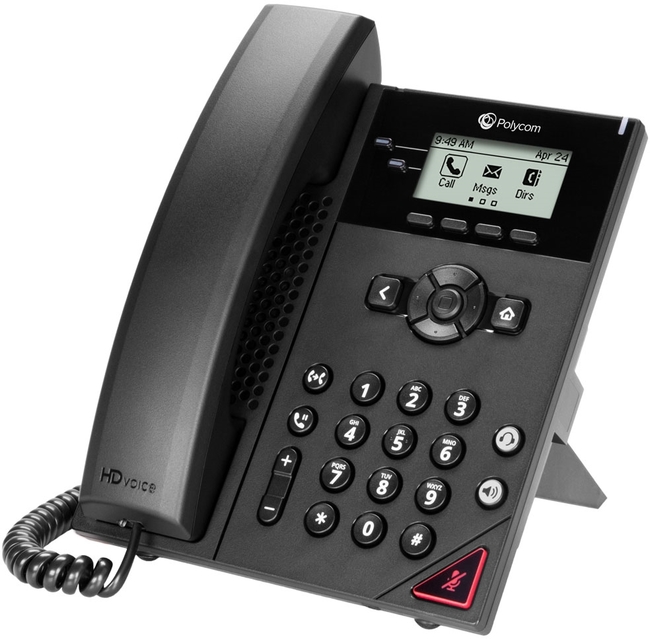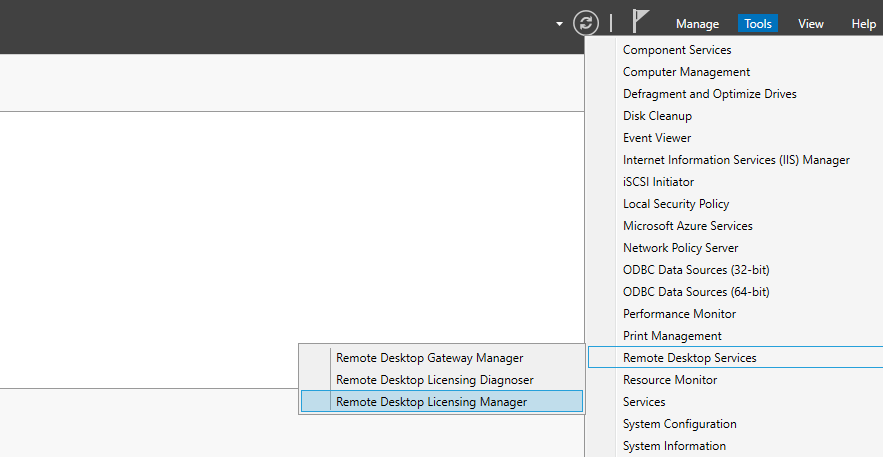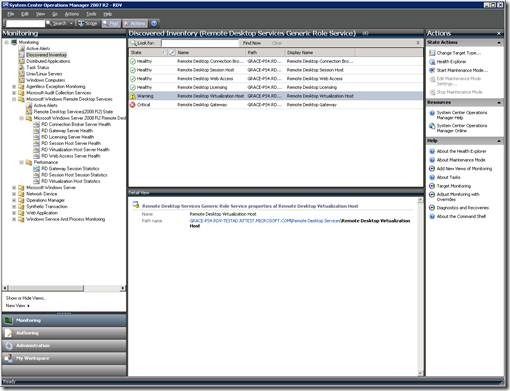- Microsoft Remote Desktop Download
- Microsoft Remote Desktop Services Management Pack For Windows Server 2012
Applies To: Windows Server 2012 R2, Windows Server 2012
- Windows Server 2008 R2 Remote Desktop Licensing (RD Licensing). The Windows Server 2003 operating system family provides a client license management system known as Terminal Server Licensing. This system allows terminal servers to obtain and manage Terminal Server client access licenses (TS CALs) for devices and users connecting to a.
- Remote Desktop Services. 14:22 PM 5/1/2017 12:33:21 AM Discussion on all things Windows Server Remote Desktop. RDS management and configuration is done through.
- Windows Server 2012 introduced radical changes to Remote Desktop Services, so now more than ever Remote Desktop admins need an abundance of help with RDS and WVD, including the latest PowerShell scripts, hacks, management tools, and tricks to keep their farms up and running.
- Are you missing good old terminal services manager (remote desktop services manager) from the Windows Server 2008 R2? For reason that is unknown to me as of today the Microsoft has decided to remove this mmc snapin that was a quick management tool, if you needed to kill the process on the specific server or check the users currently logged on.
Mar 13, 2017 The Remote Desktop Services Management Pack helps you manage computers that are running Remote Desktop Services on Windows Server 2016 by monitoring the health of all Remote Desktop Services role services, except MultiPoint Services.

Remote Desktop Services accelerates and extends desktop and application deployments to any device, improving remote worker efficiency, while helping to keep critical intellectual property secure and simplify regulatory compliance. Remote Desktop Services enables virtual desktop infrastructure (VDI), session-based desktops, and applications, allowing users to work anywhere.
Did you mean…
Did you know that Microsoft Azure provides similar functionality in the cloud? Learn more about Microsoft Azure virtualization solutions. Create a hybrid virtualization solution in Microsoft Azure: |
Role description
The Remote Desktop Services role provides technologies that enable users to connect to virtual desktops, RemoteApp programs, and session-based desktops. With Remote Desktop Services, users can access remote connections from within a corporate network or from the Internet.
Practical applications

Remote Desktop Services allows workers to work anywhere. Some of the key benefits of Remote Desktop Services include:
Unified administration experience – Administer your session and virtual desktop collections, configure your RemoteApp programs, manage your virtual desktops, and add servers to the deployment from one centralized console.
User personalization – User profile disks allow you to preserve user personalization settings across session collections and pooled virtual desktop collections.
Less expensive storage – Pooled virtual desktops can use local storage live migration between host computers. Personal virtual desktops can use storage located on network shares.
Automated pooled virtual desktop management – Deploy and manage pooled virtual desktops centrally by using a virtual desktop template. Any changes, such as application installation or security updates, are installed on the virtual desktop template, and the pooled virtual desktops are then recreated from the virtual desktop template.
New and changed functionality for Windows Server 2012 R2
In Windows Server 2012 R2, Remote Desktop Services includes enhancements in the following areas:
Monitor and control by using session shadowing
Reduced storage requirements and improved performance accessing common data
RemoteApp programs perform more like locally-based applications
Improved reconnection performance for remote clients
Improved compression allowing improved usage of network bandwidth
Display resolution changes are automatically reflected on the remote client
RemoteFX virtualized GPU supports DX11.1
For more information about new features and functionality, see What's New in Remote Desktop Services in Windows Server.
New and changed functionality for Windows Server 2012
Remote Desktop Services enables the mobile work force to connect to desktop and applications from anywhere. In Windows Server 2012, Remote Desktop Services includes enhancements in the following areas:
Simplified Virtual Desktop Infrastructure (VDI) deployment and management
Simplified Session Virtualization deployment and management
Centralized resource publishing
Rich user experience with Remote Desktop Protocol (RDP)
The user experience has been enhanced for Remote Desktop Services in Windows Server 2012 in the following ways:
Rich Windows desktop remoting experience
Smooth audio and video playback experience
Rich graphics and video user experience over a WAN
Enhanced device remoting support with USB Redirection for Session Virtualization and VDI
True Multi-Touch and gesture remoting
Email name discovery and subscription to administrator supplied remote resources
RemoteFX virtualized GPU provides DX 11 support
In addition to these areas of enhancement, Remote Desktop Services in Windows Server 2012 introduces a new management console for managing the majority of Remote Desktop Services-related tasks. For more information about new features and functionality, see What's New in Remote Desktop Services in Windows Server. Pixma k10392.
New Microsoft Remote Desktop Clients
B2 storage pricing. You can use the Microsoft Remote Desktop client to connect to a remote PC and your work resources from almost anywhere. Experience rich interactivity using a remote desktop client designed to help you get your work done wherever you are. For example, you can connect to your work PC and have access to all of your apps, files, and network resources as if you were sitting right in front of your work PC. You can leave apps open at work and then see those same apps using the RD client.
For information about these new features and functionality for Android, iOS, and Mac, see Microsoft Remote Desktop Clients.
Removed or deprecated functionality
For a list of deprecated features, see Features Removed or Deprecated in Windows Server 2012 R2 and Features Removed or Deprecated in Windows Server 2012.
Hardware requirements
Remote Desktop Services requires that the Windows Server 2012 R2 or Windows Server 2012 operating system be installed. There are no additional hardware or software requirements for running Remote Desktop Services.
There are several hardware requirements that must be met when you deploy RemoteFX virtualized GPU to hardware accelerate your Windows client virtual desktops:

SLAT-enabled processor. The processor on the RemoteFX server must support Second-Level Address Translation (SLAT).
GPU. At least one graphics processing unit (GPU) that is capable of supporting RemoteFX is required on the RemoteFX server. The GPU driver must support DirectX 11.
Note
Without a RemoteFX virtualized GPU, applications that require DirectX will still work using a built in Hyper-V specific GPU.
Microsoft Remote Desktop Download
Server Manager information
Remote Desktop Services is a server role that consists of several role services. In Windows Server 2012 R2 and Windows Server 2012, the following Remote Desktop Services role services can be installed with this role:
Microsoft Remote Desktop Services Management Pack For Windows Server 2012
Role service name | Role service description |
|---|---|
RD Virtualization Host | Remote Desktop Virtualization Host (RD Virtualization Host) integrates with Hyper-V to deploy pooled or personal virtual desktop collections within your organization. |
RD Session Host | Remote Desktop Session Host (RD Session Host) enables a server to host RemoteApp programs or session-based desktops. Users can connect to RD Session Host servers in a session collection to run programs, save files, and use resources on those servers. |
RD Connection Broker | Remote Desktop Connection Broker (RD Connection Broker):
|
RD Web Access | Remote Desktop Web Access (RD Web Access) enables users to access RemoteApp and Desktop Connection through the Start menu on a computer that is running Windows 8, Windows 7, or through a web browser. RemoteApp and Desktop Connection provides a customized view of RemoteApp programs and session-based desktops in a session collection, and RemoteApp programs and virtual desktops in a virtual desktop collection. |
RD Licensing | Remote Desktop Licensing (RD Licensing) manages the licenses required to connect to a Remote Desktop Session Host server or a virtual desktop. You can use RD Licensing to install, issue, and track the availability of licenses. |
RD Gateway | Remote Desktop Gateway (RD Gateway) enables authorized users to connect to virtual desktops, RemoteApp programs, and session-based desktops on an internal corporate network from any Internet-connected device. |
See also
The following table provides additional resources for evaluating Remote Desktop Services.

Content type | References |
|---|---|
Product evaluation | |
Community resources | |
Related technologies |
